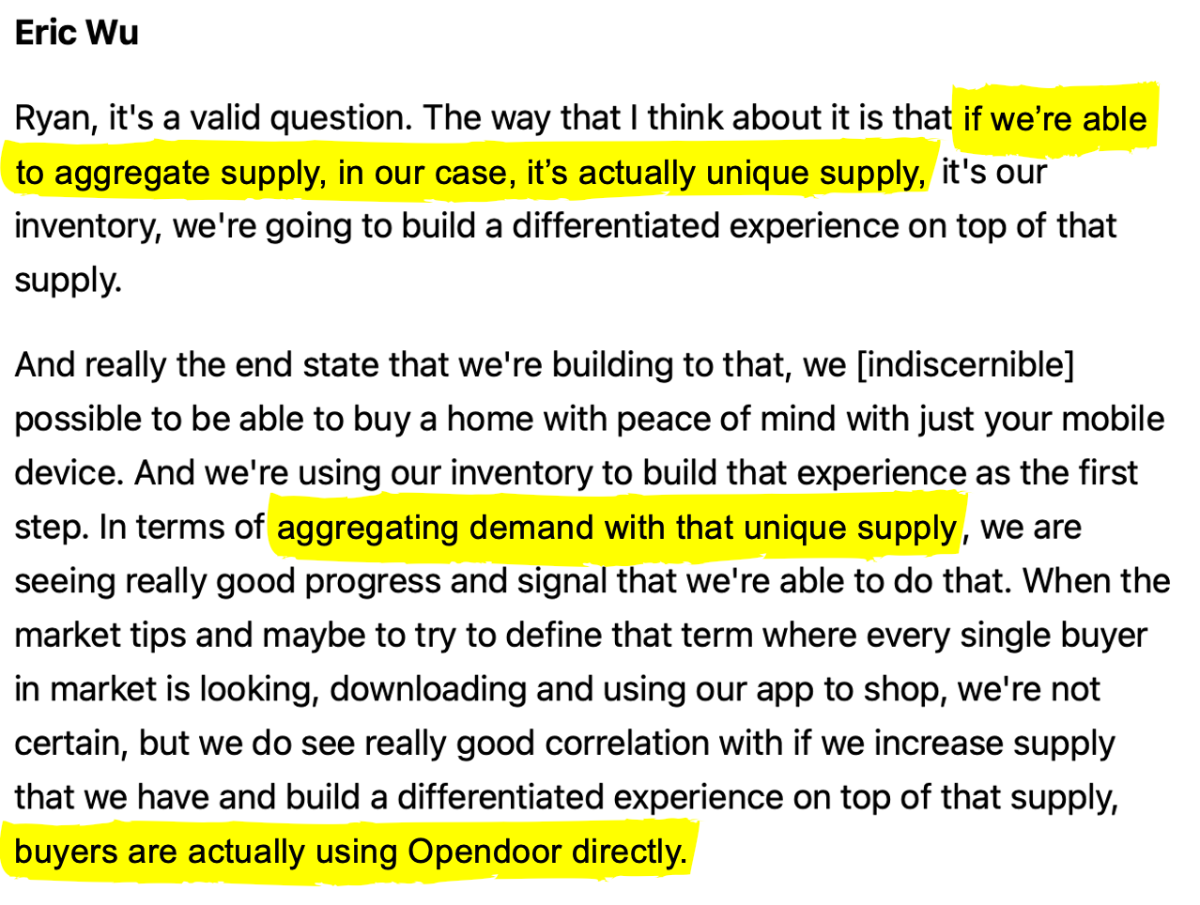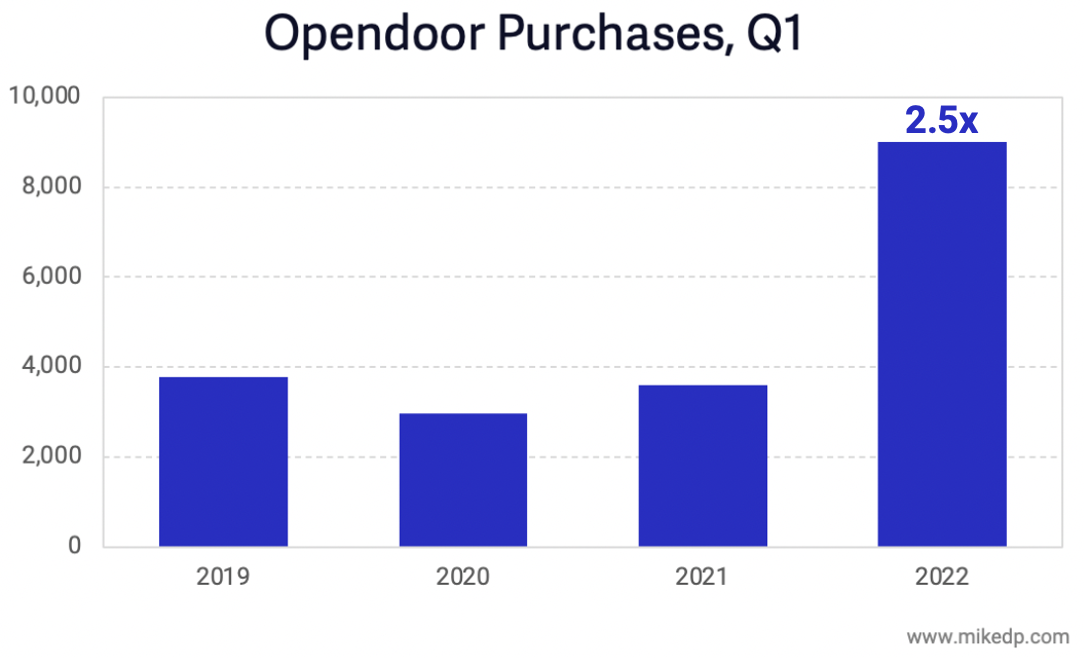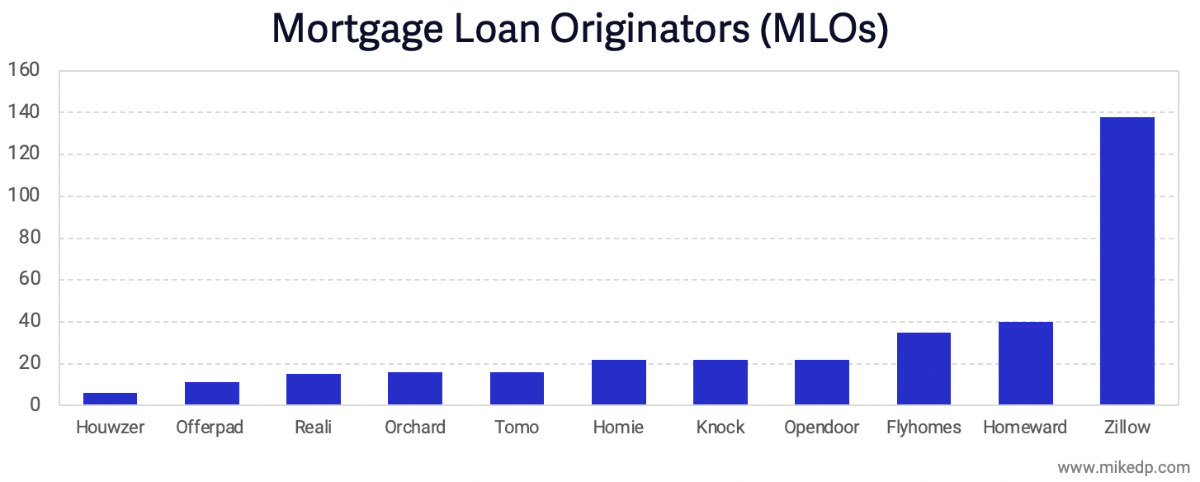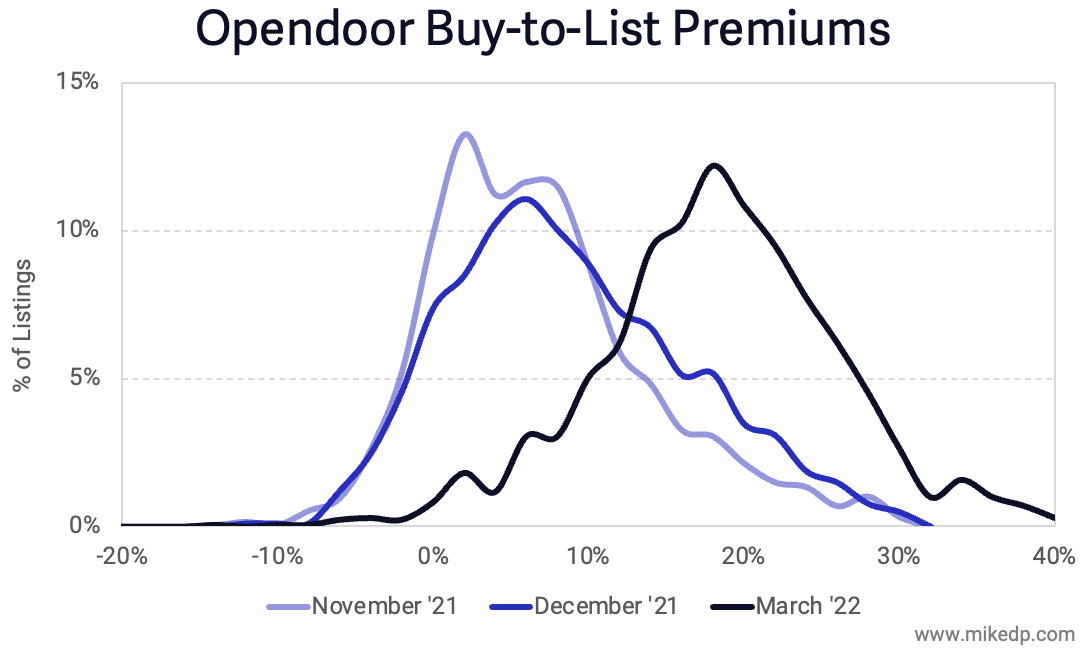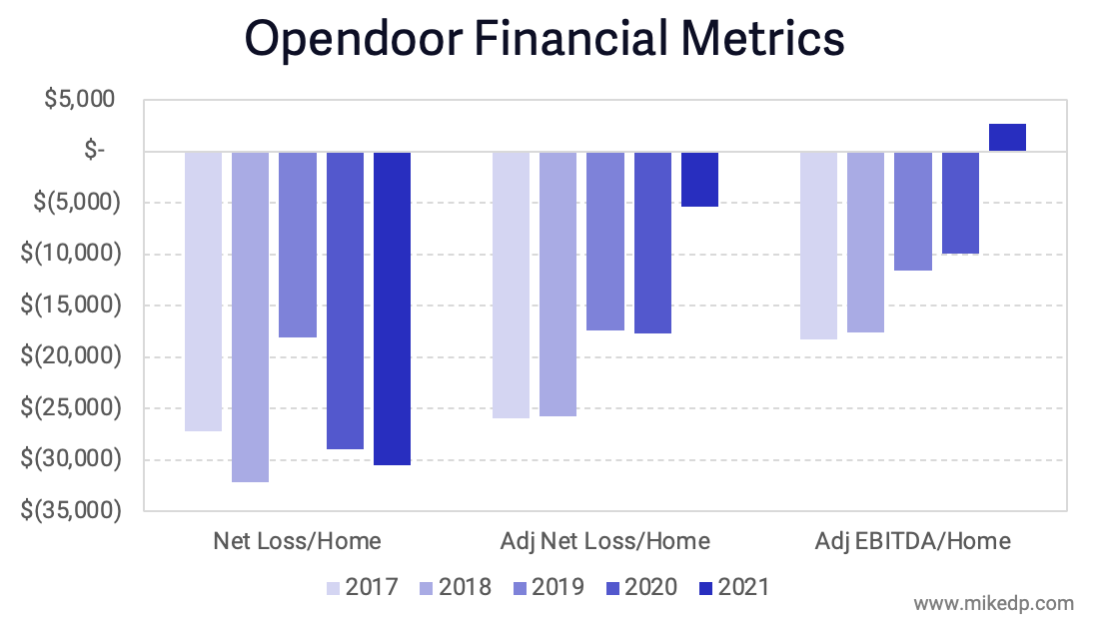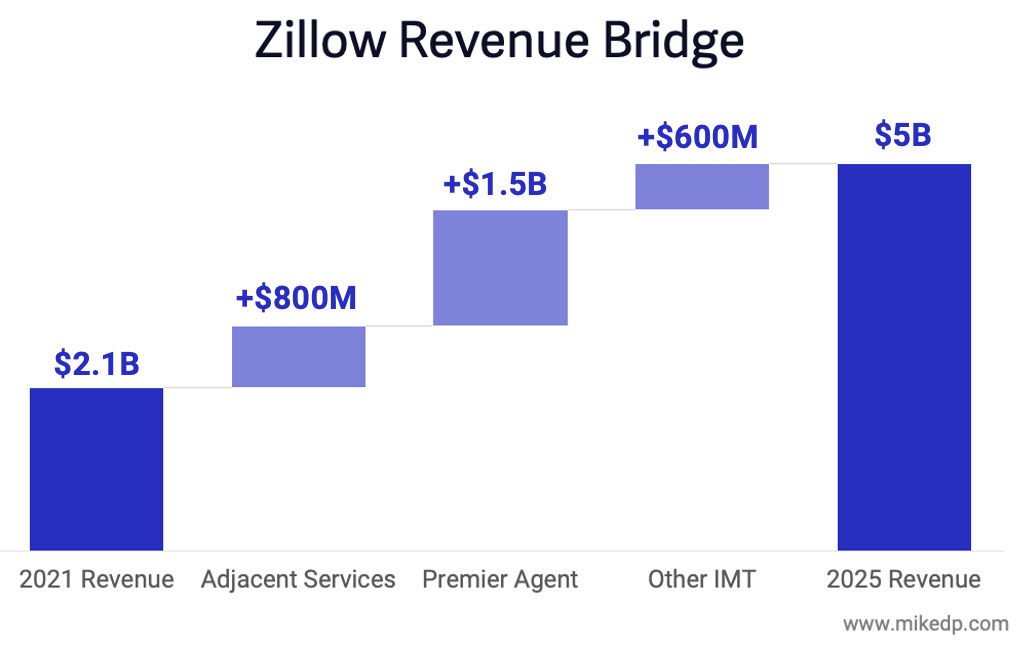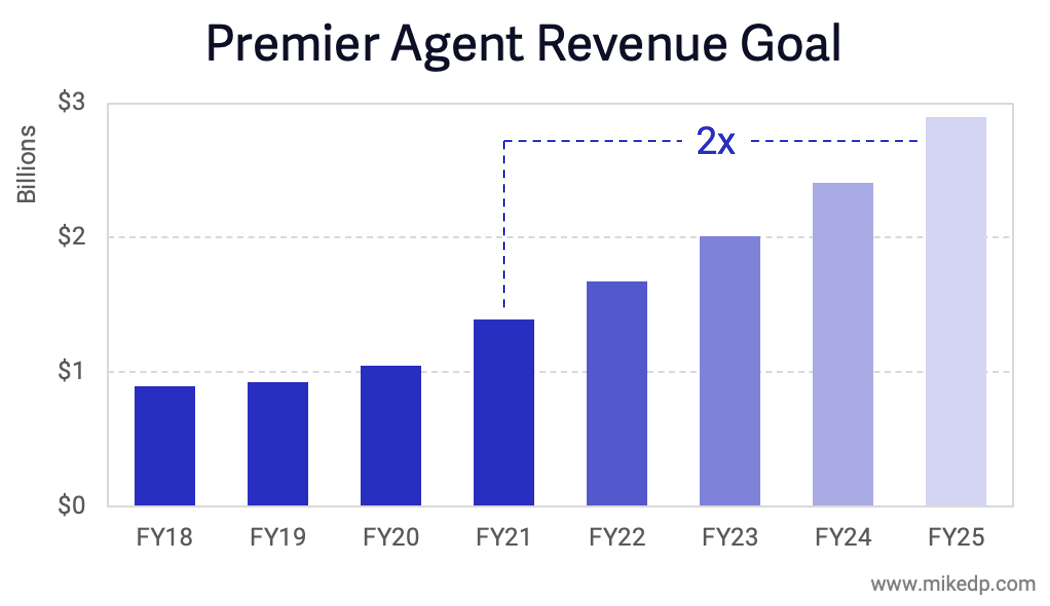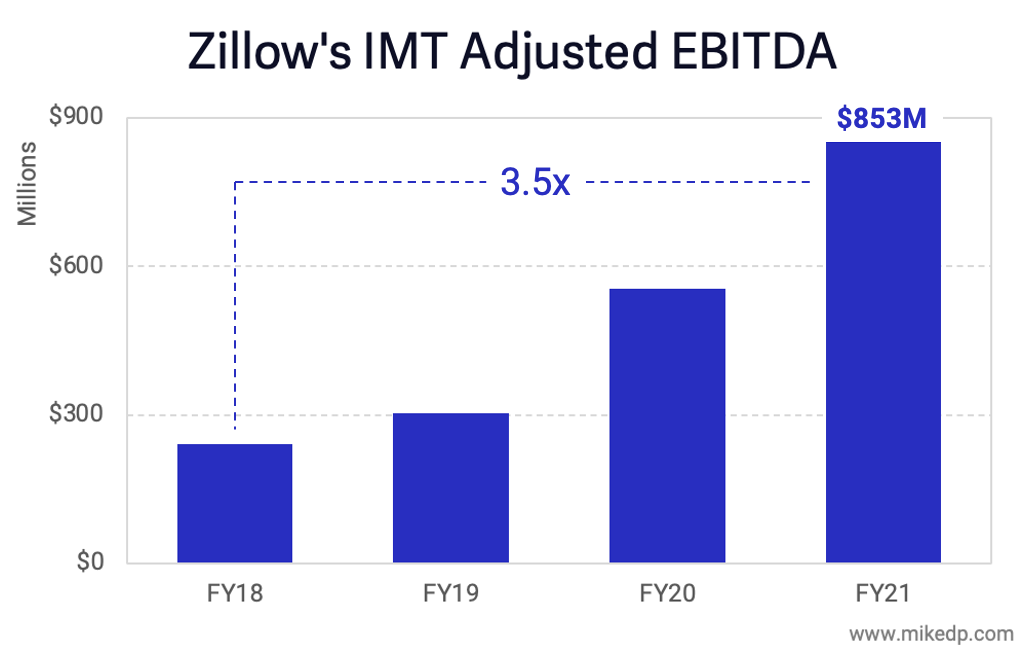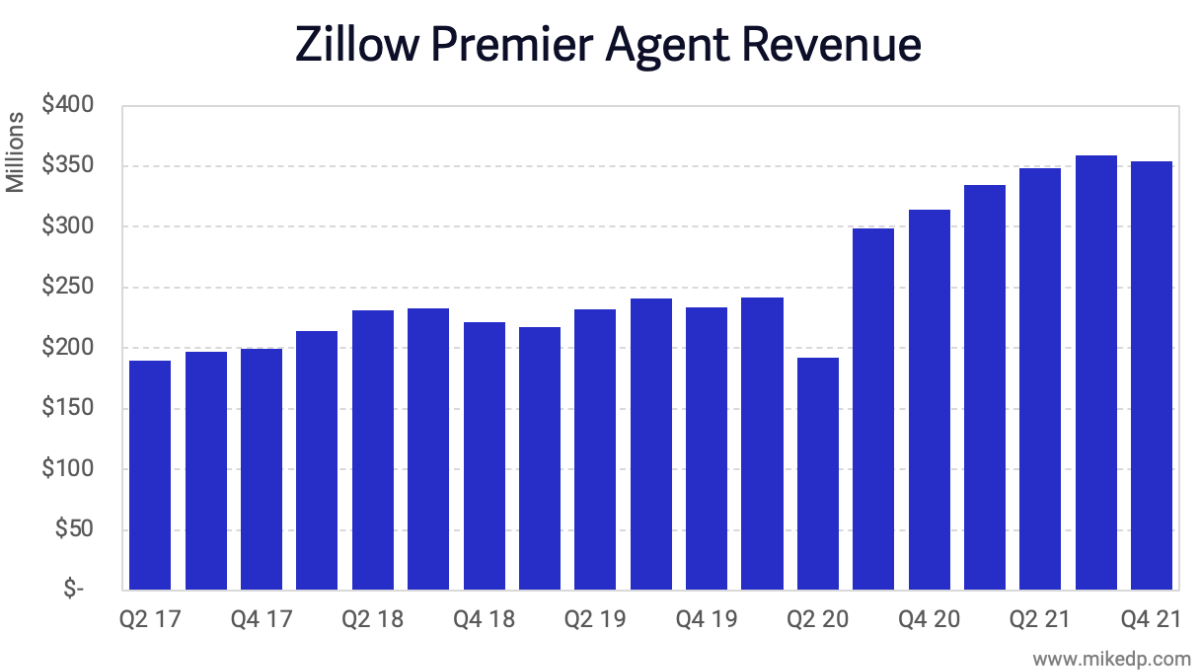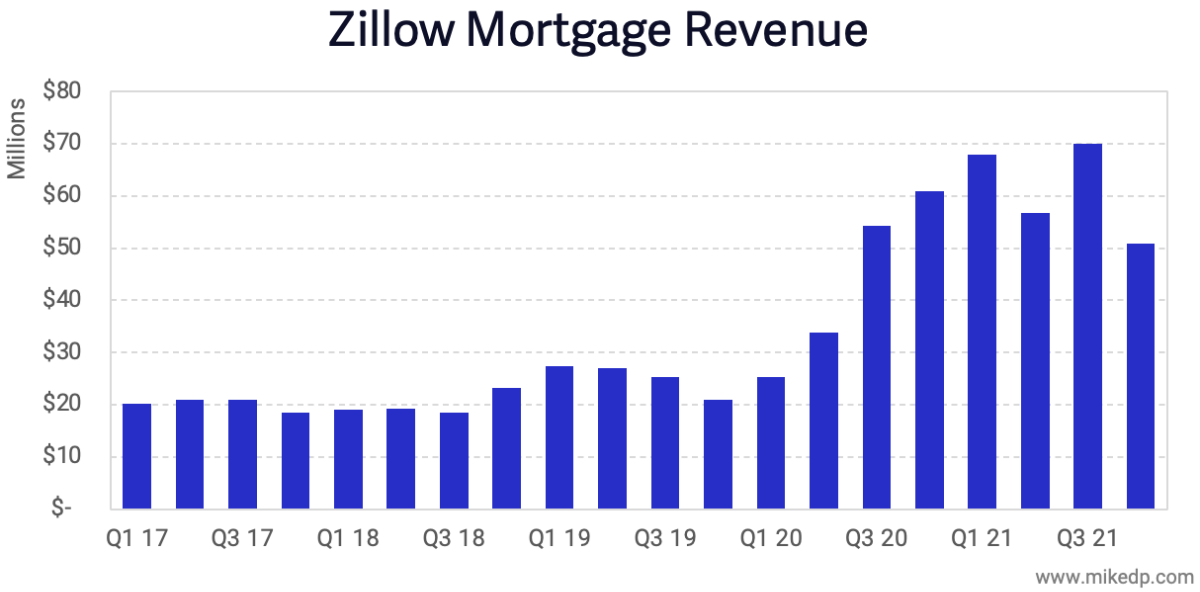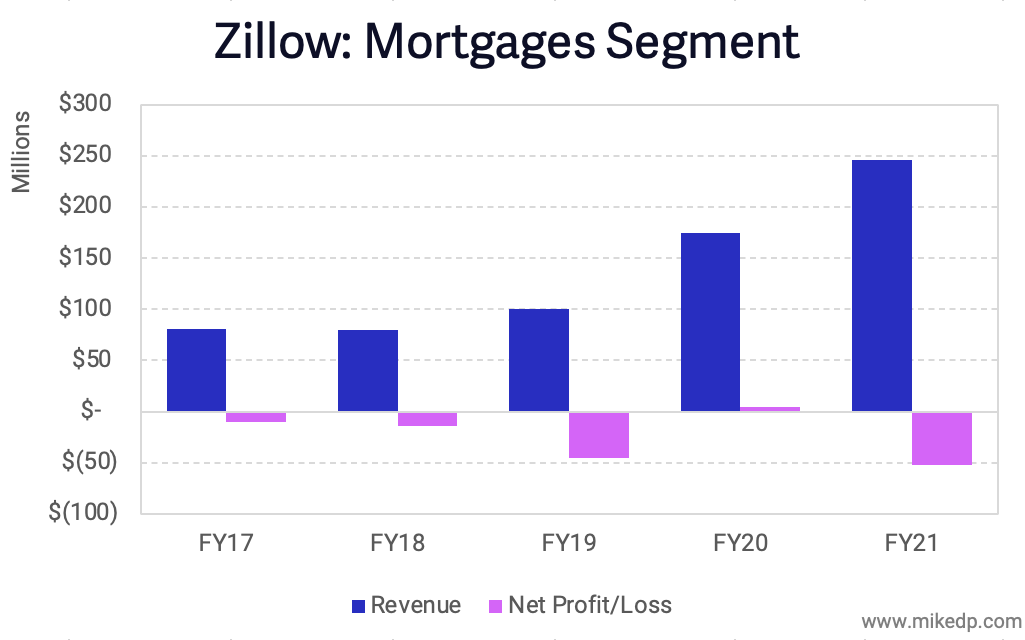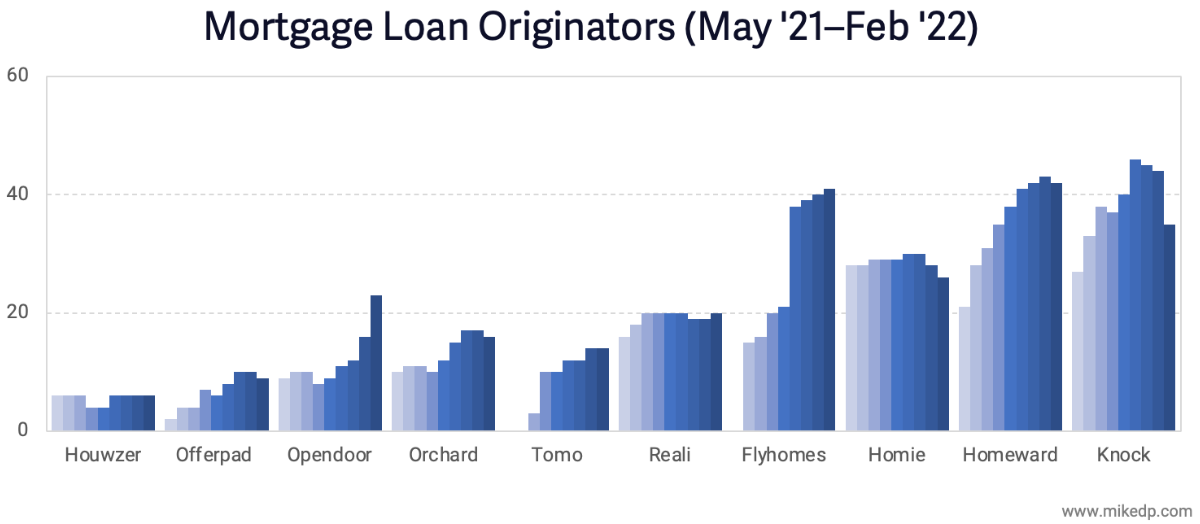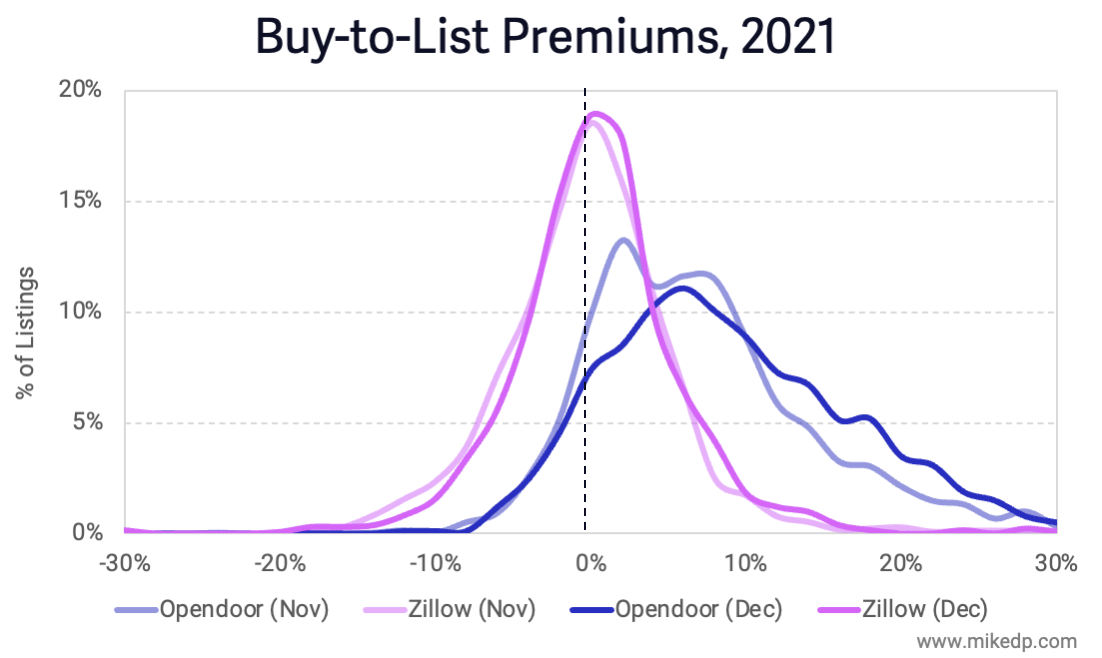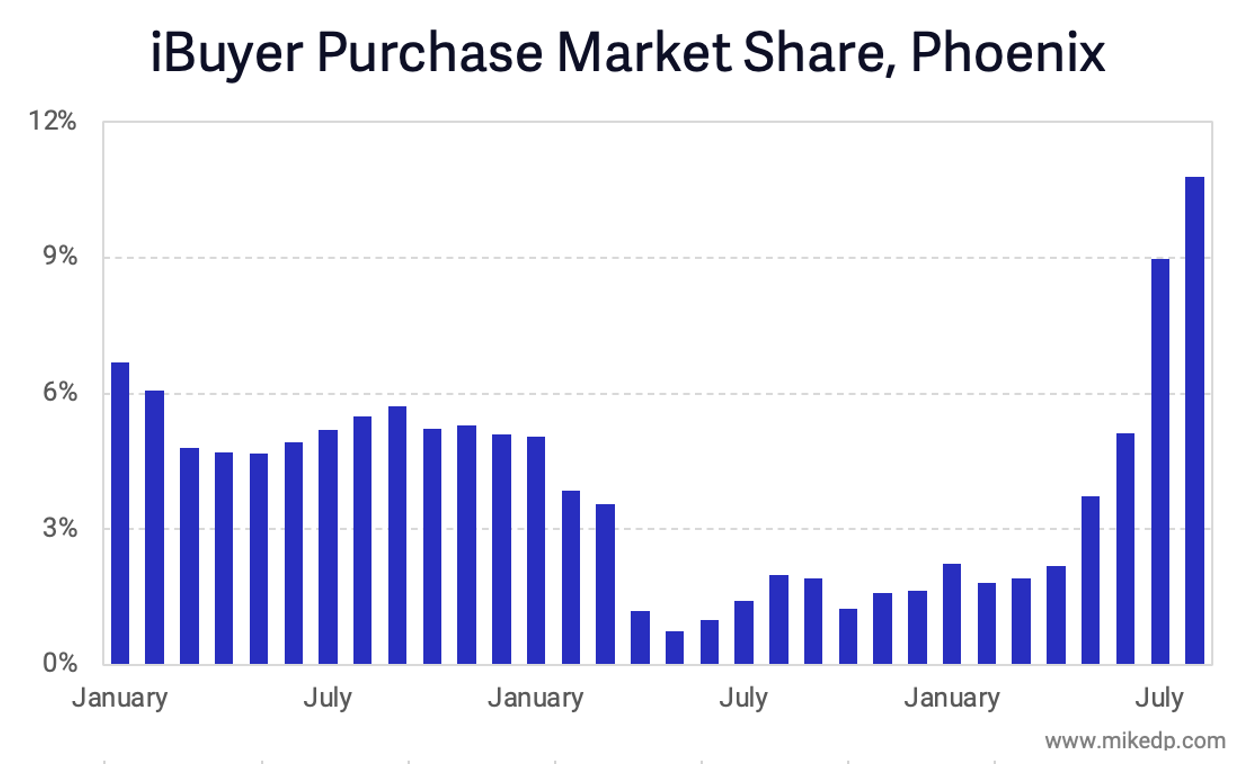eXp's Business Model Advantage
/eXp has an exponentially more efficient cost structure than any of its brokerage peers.
Why it matters: In the highly uncertain market of 2022, with transaction volumes falling and brokerages responding by cutting costs, financial efficiency is more important than ever.
During my previous research on Compass' Cash Burn Problem and the Coming Brokerage Slowdown, I stumbled across a fascinating metric: operating expenses per transaction.
This metric measures the amount of company overhead -- support staff, office expense, technology, etc -- per closed transaction.
While its publicly-listed peers are all in the same ballpark, eXp has a remarkable advantage when it comes to operating expenses -- 10x more efficient than its peers.
And with over 110,000 transactions in Q1 2022, eXp is leveraging this advantage at scale.
The bottom line: The real estate industry is entering a period of heightened uncertainty with rising interest rates and falling transaction volumes, leading to a shrinking commission pool.
With a limited ability to affect revenue, brokerages will be forced to cut costs -- and in this environment, brokerages like eXp have a distinct advantage.







